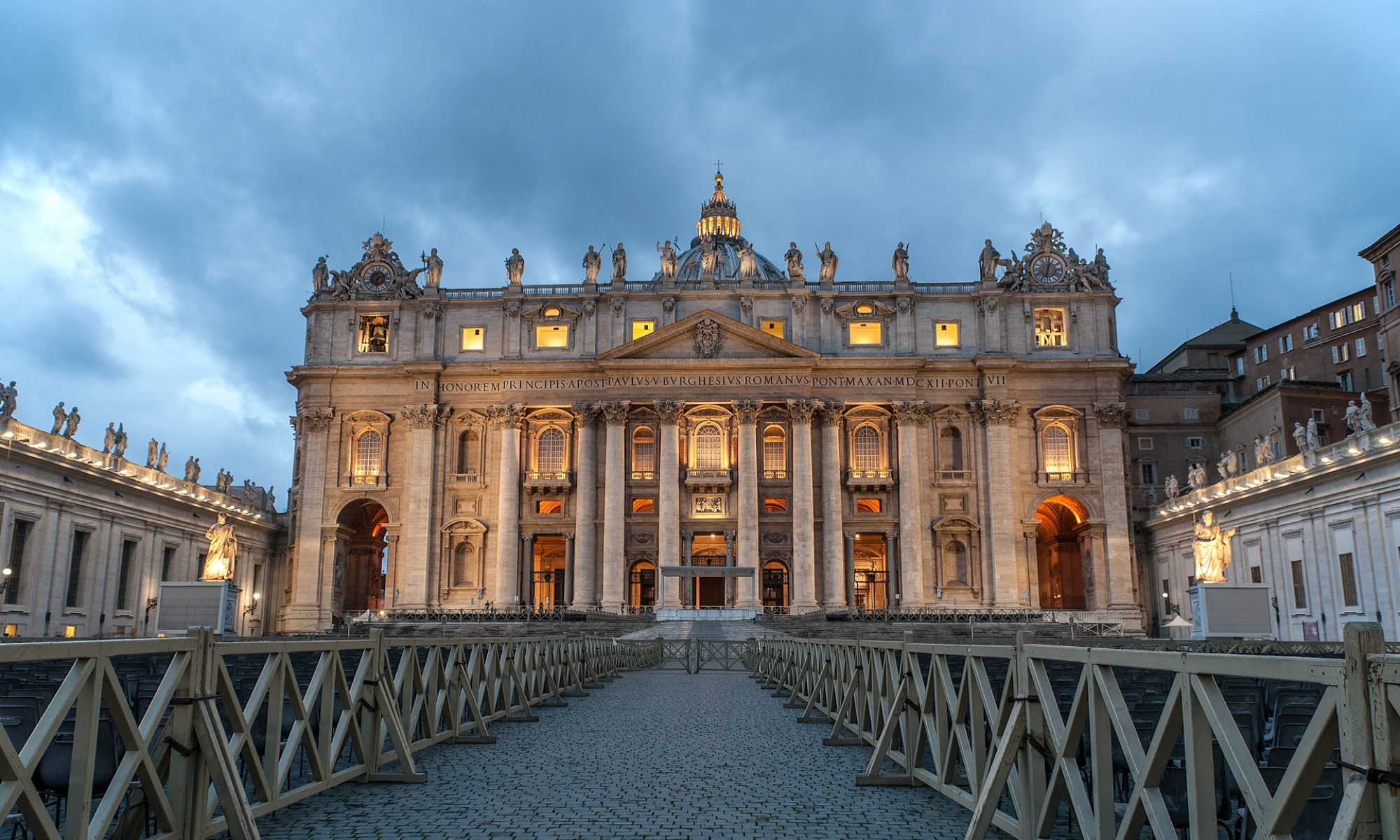Journeys of Faith is the title of a recent book which contains a number of biographical narratives about people in the US context who have changed their Christian allegiance from one church or tradition to another. [1] It is a fascinating account on the complex reality of religious changes in peoples’ lives.
Journeys of faith are happening all over the world at all times. Religious migrations are ordinary events whereby people change the direction of their spiritual pilgrimages. In some areas, like Latin America, it is a given that the Roman Catholic community has been declining in its numbers at the expense of various Evangelical and Pentecostal churches for some decades now. Why did it happen? Sociologists and historians are giving some answers. The important issue was recently addressed by Benedict XVI and his comments now deserve some consideration.
1. No Theological Reasons
In receiving the bishops of the Episcopal Conference of Colombia (June 22nd), Pope Ratzinger spoke about the Latin American context as a region where the Roman Catholic Church has to deal with a growing religious pluralism. Latin America in general, and Colombia in particular, used to be a more “unified” society from the religious point of view, but recent changes have transformed it into an extremely multifaceted area. Benedict XVI explicitly refers to “pentecostal and evangelical communities” as very active realities and primary agents for this change.
At this point he asks the “why” question before asking the “what to do” question. Instead of providing his own attempt to explain the situation, Ratzinger quotes the document drafted by the 2007 Conference of the Latin American Bishops which provides an interesting insight. The relevant section of the document (n. 22), quoted verbatim by the Pope, can be summarized in this way: most people in Latin America leave the Roman Catholic Church not because of what the “non catholic” groups believe, but because of how they live. The fundamental reason is not doctrinal but instead lifestyle related. The problems they see are not dogmatic, but pastoral. They do not distance themselves from the Catholic Church for theological reasons, but instead out of practical concerns.
In other words the challenge that Pentecostals and Evangelicals represent for the Roman Catholic Church has little to do with their different doctrines of the Bible, authority, sacraments, the Church, salvation, etc., but with the quality of life they seem to live and to offer to outsiders.
2. The Answer is Even More Catholicism
The “what to do” answer is simple and is a consequence of the “why” question. There is nothing to change as far as the doctrine of the RC Church is concerned. The challenge is to become “better” Catholics: more hospitable, more inclusive, more compassionate. Actually, the Pope encourages the Colombian bishops to achieve this better quality of Catholic life by promoting the “catholic” distinctive features which are near to the Latin American soul: adherence to the traditions of the Church, the deepening of Marian spirituality, and the practice of a richer devotional life. The cure is not less Roman Catholicism and more Evangelicalism, but instead more Roman Catholicism in need of becoming richer and more profound than practical Evangelicalism.
3. Between Hardware and Software
To put it simply, in the Pope’s eyes Evangelicalism does not seem to have a theological “hardware” that is solid enough to be a real alternative to Roman Catholicism. This Pope has repeatedly argued that Evangelicalism is too doctrinally liquid and ecclesiastically unstable to be taken as a serious theological counterpart. However, what Evangelicalism has is a good “software” of the Christian life, a better approach to the spiritual quest than present-day Latin American Catholicism can offer to the people. Catholics should therefore improve their “software” without changing their well established “hardware”. They should work on the output by reinforcing their DNA. Finally they should better their performance by closely abiding to what their Catechism teaches.
The Pope’s speech to the Columbian bishops is yet another instance of how Evangelicalism is perceived by Benedict XVI: a curious experiment that attracts people with its ability to grapple with their experiential expectations, but with little theological substance to be a real concern for the Roman Catholic Church. It also reminds us of the way forward that the Pope foresees for the future of his Church: an inner renewal without any doctrinal reform by way of grasping better its past and living tradition.
Leonardo De Chirico
leonardo.dechirico@ifeditalia.org
Rome, 18th July 2012
[1] Robert L. Plummer (ed.), Journeys of Faith. Evangelicalism, Eastern Orthodoxy, Catholicism, and Anglicanism (Grand Rapids: Zondervan, 2012).
